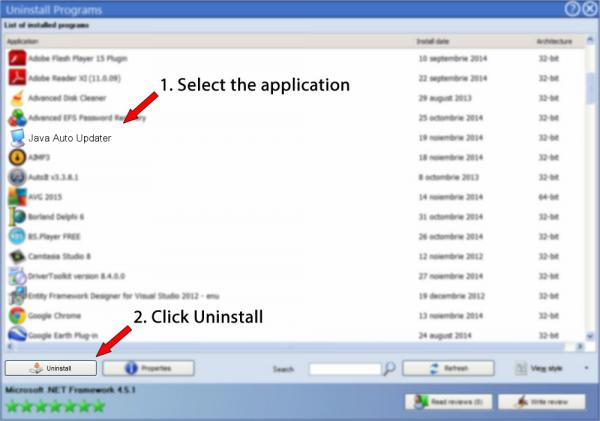


IMPORTANT: Always test a destructive process like this on a non-production machine before you attempt to perform an action on one or many production machines! Method 1 (Preferred Method): Uninstall a specific Java version, by UninstallString: We have a few different options for executing the uninstallation, so take a look through all options before deciding which one you want to use. Today I’d like to show you how to remove Java from many computers using BatchPatch. As with many typical sysadmin tasks, removing software on remote computers is very quick and simple with BatchPatch.
Click Apply and then Ok in the Java Control Panel Dialog.One task that nearly every administrator has to complete at some point or another is the removal of Java. In the Java Control Panel, navigate to the Update tab and then uncheck the option “Check for Updates Automatically”. Open Control Panel from the Windows Charms Menu. As soon as, you will uncheck it, a warning dialog box appears, click on “Do not Check”, to permanently disable the java update notification. Uncheck on “Check for Updates Automatically”. By default, the check for update is “ON”. Click on “Update” tab at the top, and you will find that “Check for Updates Automatically” option is checked. The Java Control Panel window will now open. You”ll see various results related to java, click on “Java (32-bit)”, so as to open the java control panel. Click on “Windows” button and search for “Java” by simply typing it on the search bar. 
Therefore it is a good idea to disable the automatic updater within Java. Sometimes when Java receives a major update, it can break things on your PC.







 0 kommentar(er)
0 kommentar(er)
